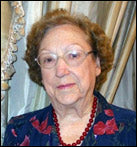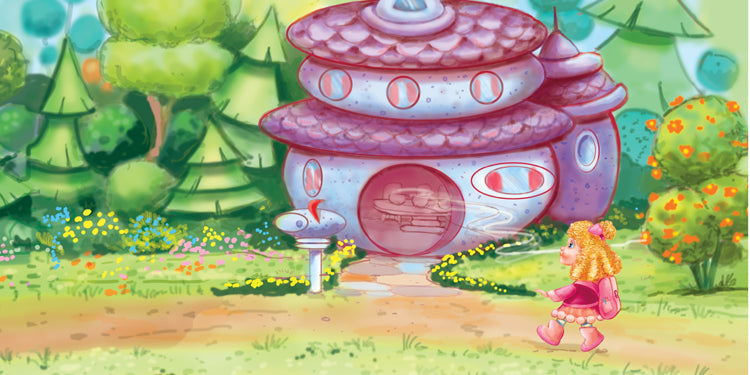
This is a guest blog post by Dr. Geraldine Haggard, who is a retired teacher, Reading Recovery teacher leader, author, and university teacher. She spent 37 years in the Plano, TX school system. She currently tutors, chairs a committee that gifts books to low-income students, teaches in her church, and serves as a facilitator in a program for grieving children.
To recap from my previous post on literature standards for grade two, the national standards for grade two require the use of the genres of fiction and expository informational texts. In this set of two posts, I use the
Story World Real World
series:
The Lion and the Mouse
from Story World and
Lions
from Real World. The labels before each standard begin with "RL.2." and the number of the standard follow. The "RL.2." part means Reading, Literature, Grade 2. The standards are arranged under designated areas of the uses of literature. The standards in this post are based on informational texts. You can read Part 1, in which I covered the fiction standards, by
clicking here
STANDARDS FOR INFORMATIONAL TEXTS
 RL.2.2 Identify the main topic of a multi-paragraph text, as well as the main focus of a specific paragraph.
RL.2.2 Identify the main topic of a multi-paragraph text, as well as the main focus of a specific paragraph.
Several pages of this book (pages 5, 6, and 8) can be used as examples of paragraphs. Ask the students to read these pages and then suggest they be an author and give that page a title. Explain that their title is the main thing the author wanted them to know after they read the paragraph. As teacher, you might model and think aloud with page 5 and then ask the children to work with a partner to decide the focus of page 6. They should then be able to work alone and think about the focus or main idea of page 8. Ask them to share their foci of page 8.
RT L.2.4 Determine the meaning of words and phrases in texts relevant to a grade 2 topic or subject.
Lions has a glossary that can be used before, during, and after reading. There is also an index that includes words from the story. Students can be asked to go to the index, find a certain word, and read the page designated and determine its meaning. Suggest they use what they know about sounds of letters, words within words, and meaning as they consider the meaning of the word.
Another source of meaning for certain words is the use of bolding to identify important words. The students can, again, use pictures and other cross checking cues to decide the meaning of the words. There are questions on each page that require the students to think about the vocabulary. They can check their answers in the back of the book in the glossary.
RL.2.5 Know and use various text features to locate key information in a text efficiently.
The previous suggestions for the last standard also touched on in this standard. I suggest using the index to find answers to questions. Suggested questions include these:
- Why are lions good hunters?
- What would you call a group of lions?
- Where would you find a lion?
- What is one amazing fact about lions?
- What kind of animal is a lion?
- On what page can I find the meaning of a word?
The above questions can be shared on a board, a screen, or a worksheet copy given to each child. The child could write his answers in his journal and the group can discuss how they found the answers. Model the first question for the class, sharing aloud the procedure you used to decide which page you went to find your answer. Remind the students that the index is found in the back of the book.
RL.2.6 Identify the main purpose of a text, including what the author wants to answer, explain, or describe.
After reading the book and using it in discussion and writing, the following questions can be answered by the students:
- What questions and answers did the author give? (Ask the children to share examples.)
- What is an explanation? What are some things the author explained? (Find an explanation in the book.)
- What is something the author described? What do you do if you describe something?
RL.2.8 Describe how reasons support specific points the author makes in a text.
- How can we can tell the male lion from the female lion?
- How do we know a pride is large?
What do we know about how lions eat their food? (This question is more difficult, but the answer is in the text.)
~~~
Geraldine Haggard is the author of several books from our Kaleidoscope Collection Series. For more information about the K aleidoscope Collection Series click HERE to return to our website or click the series highlight page to the left below. For more information on the Story World Real World series featured in this post, click here or click the image to the right below.













































![6 Fun and Easy Activities to Practice Sequencing [Grades K-1]](http://www.hameraypublishing.com/cdn/shop/articles/Red_Typographic_Announcement_Twitter_Post-5_bf1ae163-a998-4503-aa03-555b038d1b76_600x.png?v=1689961568)
![Leveraging Prior Knowledge Before Writing and Reading Practice [Grades 1–2]](http://www.hameraypublishing.com/cdn/shop/articles/Red_Typographic_Announcement_Twitter_Post-4_600x.png?v=1689961965)




